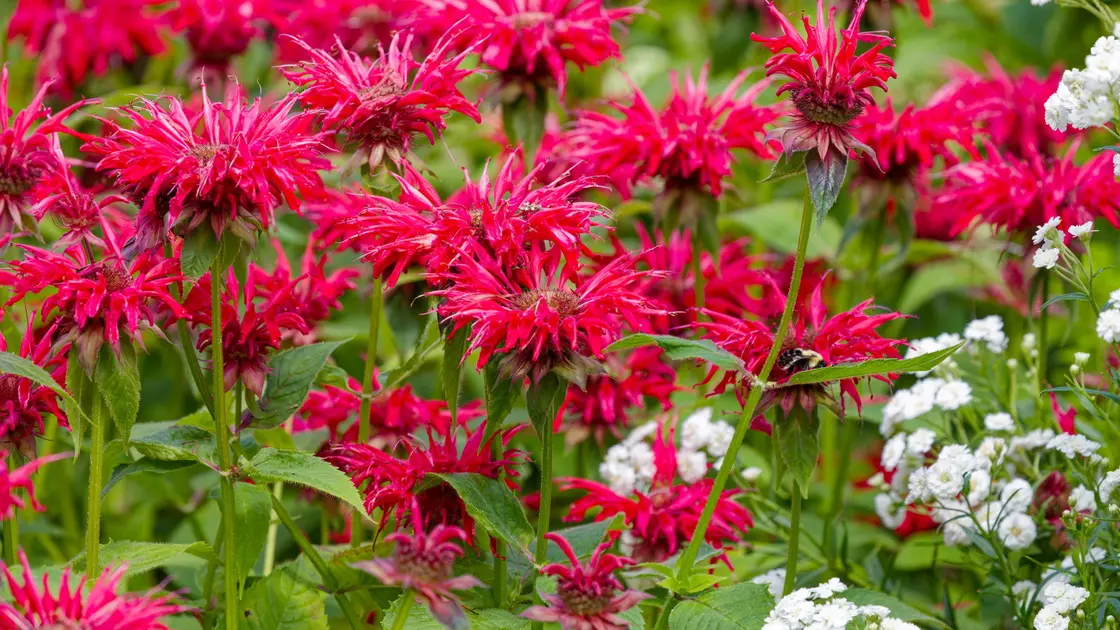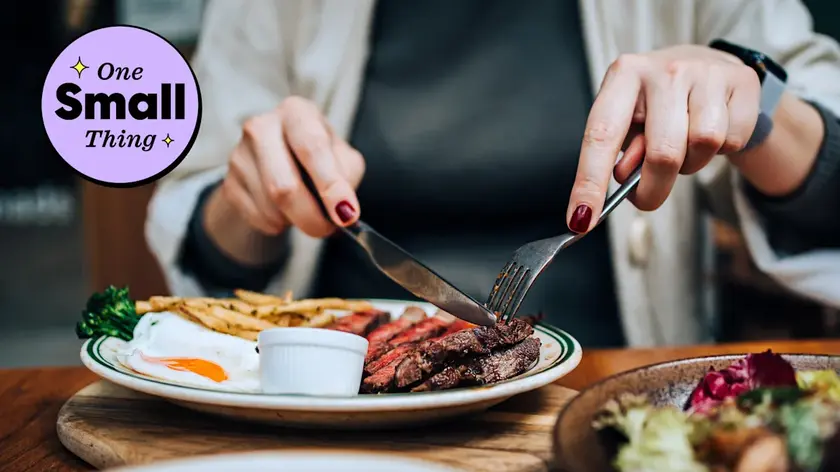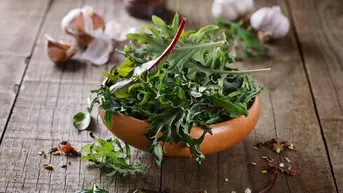T4K3.news
Expert tips on cutting back bee balm
Learn the best times and methods to cut back bee balm for optimal growth and pollinator support.

Explore advice from horticulturists on when and how to cut back bee balm for optimal results.
Expert tips for cutting back bee balm at the right time
Bee balm is a popular perennial that attracts pollinators like bees and butterflies. Proper maintenance, specifically cutting back, is essential for its health and bloom potential. Spring is an ideal time for cutting back bee balm, either through pinching the tips or using the Chelsea Chop method. This encourages bushier growth and reduces the risk of diseases like powdery mildew. After blooming, trimming can also tidy the garden and limit self-seeding. Considering the health of your plants is vital, especially for those affected by powdery mildew, as harmful spores can overwinter in plant debris. Removing dieseased material properly helps maintain the garden's health for the next season.
Key Takeaways
"Bee balm rewards you with increased flowering and fewer fungal issues."
This quote emphasizes the dual benefit of proper maintenance for bee balm plants.
"To help prevent powdery mildew, ensure your bee balm has space for air circulation."
This statement highlights the importance of space in preventing plant diseases.
"Cutting back allows for bushier growth and a stunning floral display."
This reinforces the aesthetic benefits of timely pruning.
The guidance on cutting back bee balm reflects broader trends in environmental gardening, focusing on maintaining plant health while supporting local wildlife. By engaging with this perennial properly, gardeners not only enhance aesthetics but also contribute to biodiversity. As the interest in sustainable gardening grows, knowing when and how to prune plants becomes increasingly valuable for both novice and seasoned gardeners. Bee balm's dual role as an ornamental and a pollinator-friendly species makes it particularly relevant in today's ecological landscape.
Highlights
- Cutting back bee balm boosts blooms and supports pollinators.
- Healthy pruning habits can transform your garden's look.
- Proper care today leads to a thriving garden tomorrow.
- Make your garden a haven for wildlife with smart pruning.
Gardening practices may spark public concern over plant health
The practices around cutting back bee balm and managing fungal issues might prompt discussions among gardening enthusiasts about the best strategies for plant care.
Knowing the best times to prune your bee balm ensures a vibrant garden and robust pollinator support.
Enjoyed this? Let your friends know!
Related News

Experts urge for plastic-free kitchen transitions

Health tips and regulation update

Nutrition experts urge Israelis to rethink diets

Weight loss jabs missteps may limit results

Market stability in the face of Trump tariffs

Trump calls for Fed to lower rates amid leadership changes

New strategies for improving gut health in older adults

Trump signs One Big Beautiful Bill
